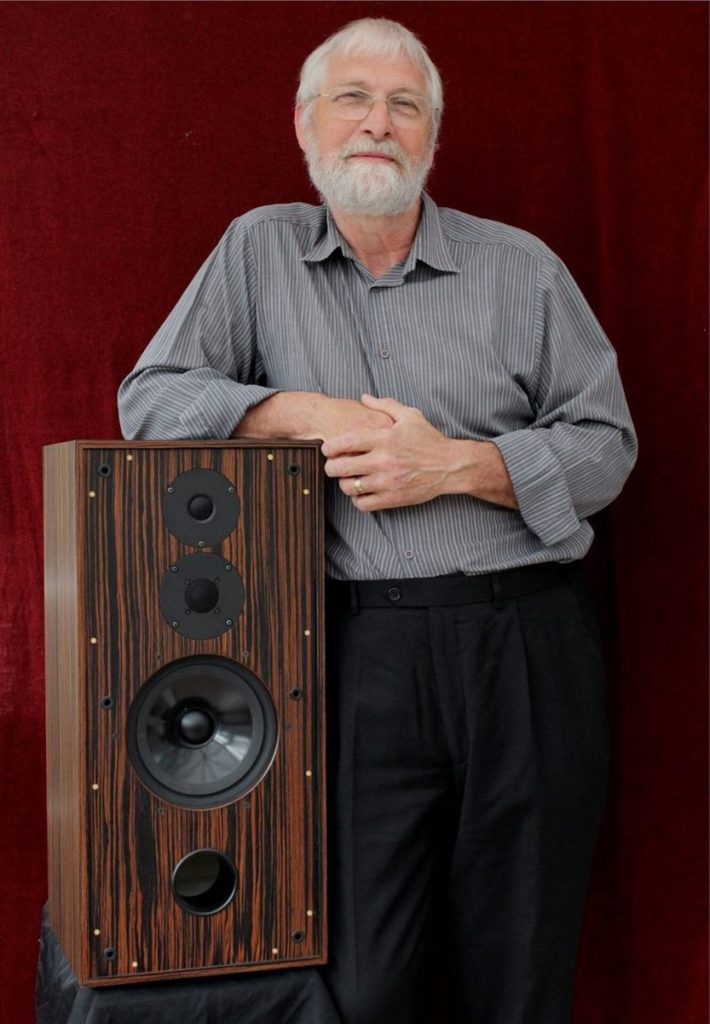Press
The Absolute Sound’s Paul Seydor Talks with Loudspeaker Designer, Derek Hughes, of Graham Audio on their LS5/5 design
Below is an excerpt of an interview with Derek Hughes, Graham Audio’s designer, by Paul Seydor on the LS5/5 designer elements.
Paul Seydor: Since you started with the box, in another interview you described the thin-wall construction as an “engineering solution”. Can you elaborate?
Derek Hughes: A lot of the loudspeakers at the BBC [British Broadcasting Corporation] were primarily directed at accurate speech reproduction. But the areas in which thick-wall cabinets and cabinets in general resonated were often up in the sort of five, six, seven hundred Hertz areas, which interfered with accurate speech reproduction considerably. The end result of the thin-wall damped design is it that it reduces the Q of the cabinet, that is, how long the resonance or resonances last. It also pushes the major resonances down into the hundred-fifty to two-hundred Hertz area where they are out of major speech regions. Voices cover broadly two hundred to three hundred Hertz up to eight kilohertz, and if you don’t get that right, then you haven’t got anything right, basically. The voice has to sound right is the key. Then you extend out to other regions of the spectrum.
Read the full article >>> HERE >>>

